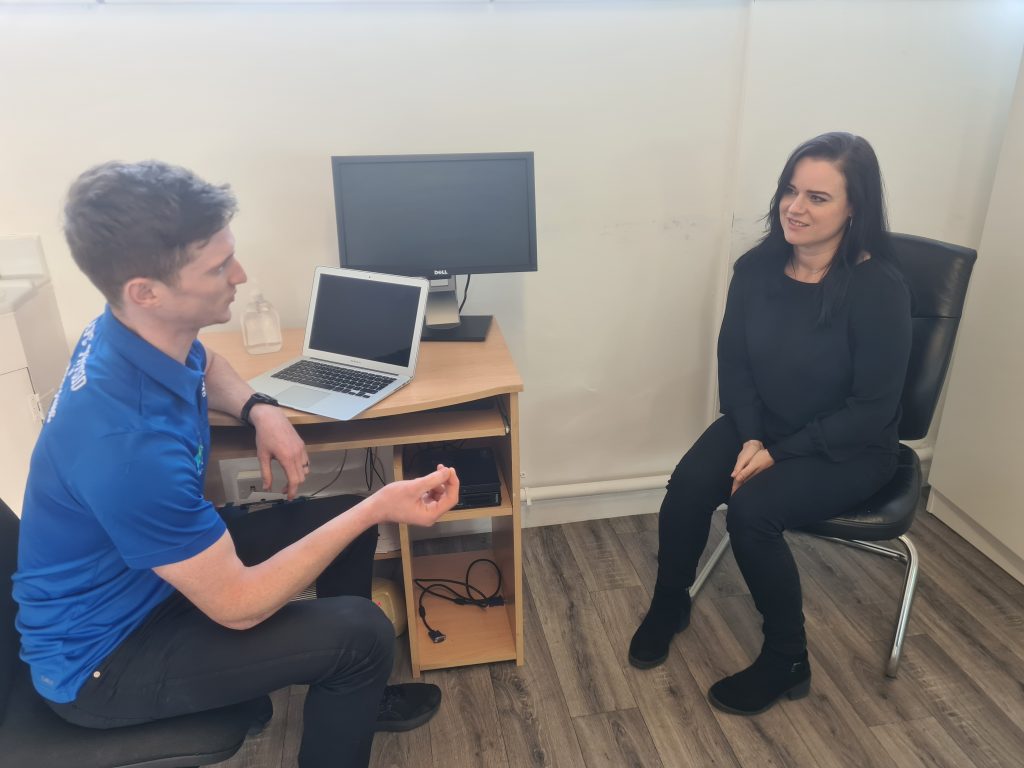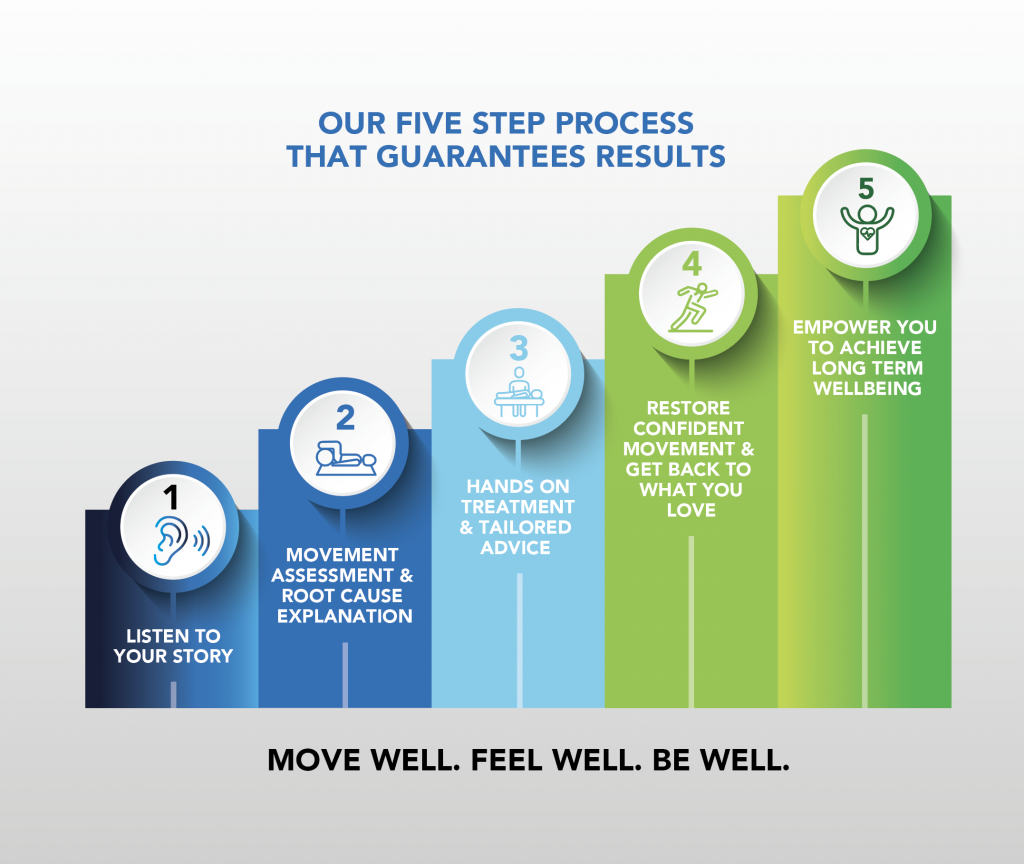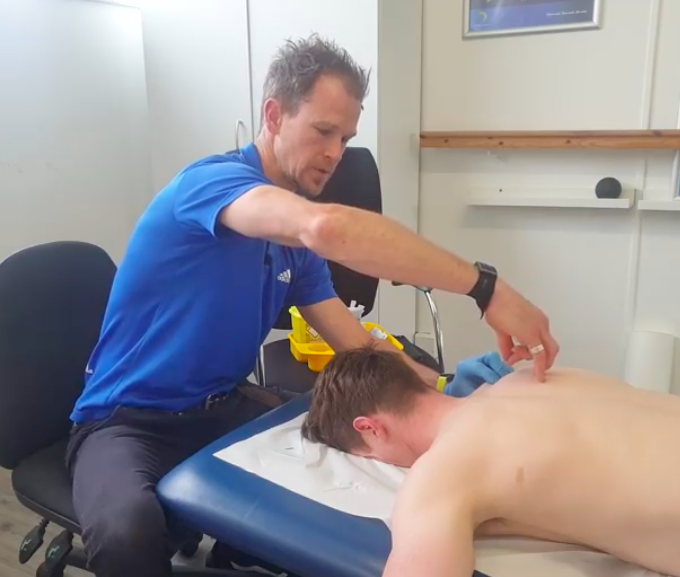The journey to recovery
The road to recovery is often very different from most people’s expectations. It is a journey.
This image from Adma Meakins (@The Sports Physio) sums it up perfectly.

There are a lot of misconceptions and myths out there. People often think they can come into the clinic and lie down on the bed to be cured or fixed.
Some people think they need to just be popped back into place and can walk out of the clinic pain free and stay that way after just one or two appointments.
The Physio industry has come a long way from this approach and for good reason, it’s not the case.
Pain and injuries are complex, especially for any issues that have been going on for longer than a few weeks.
Getting rid of pain often isn’t even the hard part. It’s keeping it away.
To do this we need to figure out 2 things.
- What is going on?
- Why is it going on?
What is going on - Diagnosis
To figure out what is going on, we need to do a comprehensive assessment. This involves you doing a lot of talking and us listening to your story. It also involves a detailed movement and physical assessment.
People are often surprised by how much time we spend on our assessment in their first appointment with us.

Why is it going on - Root Cause
Listening to your story and asking you a lot of questions about different aspects of your life will give us key information into why you are in pain. People are often surprised by how much detail we need to really find the root cause.
Looking for muscle weaknesses, movement compensations is extremely important because if you don’t get to the root cause of the problem, it is highly likely that it will reoccur.
However, unless you back this up with 2 things you will likely fall back down.
- Advice
Tailored lifestyle advice based on your complaint. This may be to do with your sleeping/sitting position or maybe how you’re moving your body, or maybe adjusting your activity/exercise routine.
The simple pieces of advice can really surprise people how effective they can be.
- Rehabilitation
This is the key part of the recovery process to get you to 100% and to keep you there. Most people underestimate the importance of this side of things. They also overestimate how much rehabilitation they need to be doing.
A lot of people think they need to be spending 30 minutes a day doing certain exercises. That is not realistic, and so this is not the approach we take. Less can very much be more.
Doing the right exercises based on the assessment is vital. But, increasing the difficulty and intensity AT THE RIGHT TIME is the key to stay on track on the road to recovery.
If you do too much too soon, you’ll flare up the pain again.
This brings us to our explanation of the graph.
Ups and Downs
The road to recovery has ups and downs.
The pain relieving effect of treatment can make you feel like you will be able to do more than your body can tolerate… and you probably will at some stage, but understanding that pain doesn’t mean damage is important.
As I said, reducing pain isn’t hard, keeping it away is the more challenging part.
Pain reduction can happen instantly, or within hours/days, however building strength/resilience and changing movement patterns takes much longer, at least weeks.
The structures of the body take time to adapt.
The recovery process is a balancing act. You’re trying to not irritate the issue through the tailored lifestyle advice while simultaneously trying to build up your strength & resilience.
People often don’t realise how long the recovery process can take too. Some tissues in the body can take months to adapt and heal. Knowing this from the start is very important too.
There are often flare ups along the way, but understanding and trusting the process is the key.
This is why at APC Physio we follow our 5 Step Process.

If you would like to speak to a physio click the button below:
